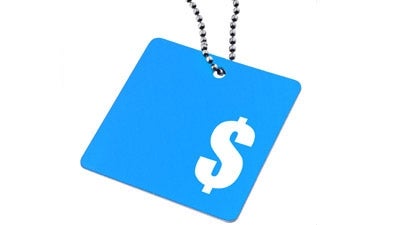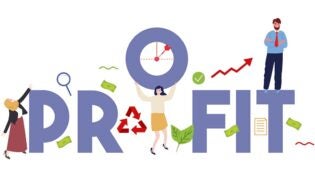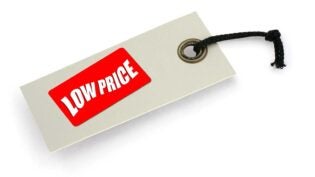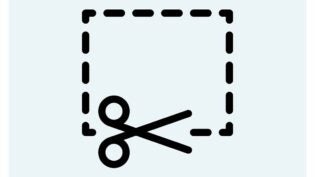
Deciding the best price for your product is not a particularly simple process: in many cases, you can’t do much more than pick a particular price that is a bit higher than the cost of offering the product in the first place. Then, if people buy at that price point, you’ll know that you didn’t set your prices too high. If you don’t get many sales, though, you may be asking for too much and it might be necessary to lower your prices.
But if you keep changing your prices to test out different options, your customers may start asking why they don’t get the same prices consistently—or the same price as your other customers. It’s a tough line to toe: you don’t want to leave money on the table by failing to test your pricing, but you also don’t want to run the risk of driving off any paying customers.
Get Your Technology Right
Selling your products online may offer you the single greatest advantage for testing prices on those products that you can imagine. You can create automatic tests that show different versions of your website to different visitors, including different price points. Split testing (also known as A/B testing) can be set to run automatically to test out a variety of prices: there are tools that can handle the whole process or you can have a web developer set up testing for you. It’s just a question of tracking the different prices you test and how many visitors buy your product at each price point. You can see quickly how high you can raise your prices without cutting the number of buyers if you have a significant amount of traffic already going to your website.
As you run your tests, there is, of course, still a chance that someone could make a purchase and then realize that you’ve offered a different price point to someone else. Depending on how your testing software is configured, a prospective customer who comes back several times before deciding to buy might see multiple prices. Particularly if you know this is typical shopping behavior in your niche, you need to make sure that you limit your testing to make sure that you’re not harming your overall brand.
The best option to keep customers happy—perhaps more so than they might even be otherwise—is to test different pricing options on your sales page, but give them the lowest price you’re testing when those buyers actually check out. Many of your customers will get a pleasant surprise and none of them will think that they’ve been singled out for increased prices. When you’re ready to raise your prices, you can do so across the board.
Track Special Offers Carefully
Sales and other special offers can represent opportunities to try out different pricing options. It’s tough to test higher prices when you’re running a sale—the concept goes against everything your customers will think of when they hear the word ‘sale’—but it isn’t entirely impossible. You can combine products or add on special deals in order to create an overall higher price tag, which in turn can show you how your customers might respond if you add a few new features and raise prices overall.
In general, though, using special offers to test prices works best if you start out with your prices as high as you think you can possibly set them. Doing so gives you a lot more room to maneuver when it comes to adjusting your prices. And you may be pleasantly surprised at how well your customers respond to that high price.
While you shouldn’t constantly be offering sales and deals, since you might train your customers into waiting for when one of those deals comes along to buy, you should make an effort to run some sort of special offer on a fairly regular schedule so you can track the results and compare the numbers across different offers. It may take months or even years to adjust your prices using such data, if you want to stick to methods that don’t drive away potential customers or convince them that a lower price will come along if they just wait, making it a fine grain method to tweak what you’re offering, rather than a broad approach.
Depending on your industry, it may also make sense to look at the sales your competitors are offering: you won’t be able to see the impact of those reductions in price individually, but you may be able to notice certain trends, like a competitor offering a sale and then, eventually, lowering the price of a product overall. You need to run your own pricing tests and avoid relying on your competitor’s data, but you can use such information as suggestions on what you should consider testing.
Be as Transparent as You Can Afford to Be
Most of your customers won’t begrudge you earning a profit on the products you sell to them. However, sudden pricing changes can scare customers, especially if they have no context in which to understand them. While you may not be able to explain all the details of how you set your prices publicly (especially if you’re in a competitive niche), the more information you can give your customers, the more willing they will be to go along with higher prices.
Even just announcing price changes far in advance can help your customers feel more comfortable. You don’t necessarily need to justify pricing shifts, but showing how your product is still better (and perhaps cheaper) than your competitors’ can be an effective strategy, as can showing your customers that they’re getting something more for the additional cost.
The right price is something of a moving target for many companies. You may need to change the tag on a given product multiple times during the period of time you offer it and the more detail you can offer on the decisions to do so, the happier your customers will be.
This article was originally published by Outright.com
Published: November 4, 2013
2089 Views
2089 Views












